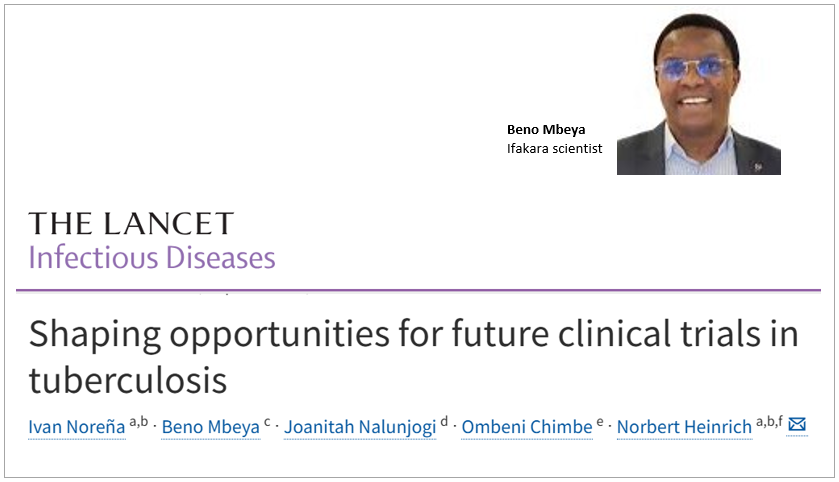
TB: Shorter treatments face hurdles despite promising research

Efforts to shorten tuberculosis (TB) treatment have made progress in recent years, but new findings show that the journey is still full of challenges.
For decades, people with drug-resistant TB have been treated with a standard 6-month daily drug regimen. Health experts have long sought shorter alternatives to ease the burden on patients, improve adherence, and reduce costs for health systems. However, new commentary article published in The Lancet Infectious Diseases suggests that cutting treatment time is more complex than anticipated.
Spotlight on the Clo-Fast trial
The commentary focuses on a clinical trial called “Clo-Fast trial”, which tested the safety and efficacy of a 3-month, five-drug regimen—containing isoniazid, rifapentine, pyrazinamide, ethambutol, and clofazimine—against the standard 6-month treatment in patients with drug-resistant TB.
The results were disappointing: the shorter drug regimen proved largely ineffective, with high rates of ongoing or recurring TB. More than half (52%) of the patients on the 3-month treatment experienced unfavorable outcomes, compared with 27% on the standard 6-month regimen. The trial was stopped early, as many participants had severe TB and high bacterial loads, making the shortened treatment less effective.
Comparison with other trials
Another trial called the TRUNCATE-TB trial tested 8–12-week regimens in patients with less severe disease. Findings showed fewer participants needed additional treatment, showing that disease severity strongly affects outcomes.
Challenges in measuring safety
The researchers also noted challenges in tracking side effects. Patients often start TB therapy in poor health, and distinguishing between expected recovery symptoms and true drug reactions was a challenge. The researchers suggest that future trials will need tailored safety criteria and more precise tools to assess both side effects and treatment success.
Ifakara’s contribution
Ifakara Health Institute Scientist Beno Mbeya contributed to the commentary, which seeks to help advance global understanding of TB treatment strategies and providing critical insights into patient monitoring, drug tolerability, and trial design.
Other contributors to the commentary include Ivan Noreña and Norbert Heinrich from the Institute of Infectious Diseases and Tropical Medicine at LMU University in Germany, Joanitah Nalunjogi from Makerere University College of Health Sciences in Uganda, and Ombeni Chimbee from the National Institute for Medical Research – Mbeya Medical Research Centre (NIMR-MMRC) in Tanzania.
The need to tailor treatment to each patient’s needs
In conclusion, experts say that TB treatment should be more personalized, guided by better diagnostic markers to determine how long a patient needs treatment. While shorter regimens remain the ultimate goal, the Clo-Fast results show that a “one-size-fits-all” approach may not be safe or effective. For now, the 6-month course remains the most reliable option.
Read the publication here.
